Medical injection molding, as a core process in medical device manufacturing, transforms medical-grade plastics into high-precision and high-safety components through precision molding technology. Its technical standards and production specifications are far higher than those of ordinary injection molding, mainly reflected in four major dimensions: material selection, process control, quality inspection, and compliance management. The following is a systematic analysis from the perspectives of technical features and industry differences.
I. Core Technical Features of Medical Injection Molding
1. Mandatory Biocompatibility Certification of Materials
Medical injection molding must use materials that have passed the ISO 10993 standard certification. For example, polyether ether ketone (PEEK) needs to complete 12 biocompatibility tests, including cytotoxicity (MTT method), sensitization (skin patch test), and pyrogen detection (limulus amebocyte lysate method). The molecular weight distribution of the material should be controlled below 1.8 to ensure batch stability, while ordinary injection molding materials only need to meet basic physical performance requirements. Taking polycarbonate (PC) as an example, medical-grade PC requires additional USP VI-level biocompatibility testing, while ordinary PC only needs to meet industrial-grade heat resistance standards.
2. Precision and Cleanliness Control of Equipment
Medical injection molding uses all-electric injection molding machines. Their closed-loop servo control systems control injection pressure fluctuations within ±1%, with a holding pressure repeatability accuracy of ±0.5 MPa and a part weight difference of less than 0.1%. In contrast, ordinary injection molding machines have a pressure fluctuation range of up to ±5% and a part weight difference allowance of ±1%. Regarding mold manufacturing tolerances, medical molds need to reach ±0.005 mm, with a surface polished to a mirror finish of Ra ≤ 0.2 μm and coated with hard chromium or diamond-like carbon (DLC) to improve wear resistance; ordinary molds usually have a tolerance of ±0.05 mm and a surface roughness of Ra ≤ 3.2 μm.
3. Production Environment and Process Control
Medical injection molding must be carried out in an ISO Class 7 (Class 10,000) clean room, and for implantable products, even an ISO Class 5 (Class 100) laminar flow hood environment is required. The number of suspended particles (≥0.5 μm) in the workshop should be ≤ 3,520 per m³, and the number of settling bacteria should be ≤ 10 CFU per dish, and the surface cleanliness should be ensured through ATP fluorescence detection. Operators need to wear hooded sterile clothing, masks, and gloves, and enter the workshop after passing through an air shower for dust removal; the equipment is regularly sterilized with ozone or hydrogen peroxide, and the conveyor belts are made of stainless steel to avoid secondary pollution. Ordinary injection molding only requires basic dust prevention measures, with no mandatory environmental standards.
4. Full-Process Quality Traceability System
Medical injection molded parts need to be marked with production batch numbers, mold numbers, and operator information through laser marking or QR codes. Production data is uploaded to the MES system in real-time to form an electronic file containing 150 parameters. The first-article inspection uses a coordinate measuring machine (CMM) for micrometer-level measurements, with 100% coverage of geometric tolerance detection; online inspection captures 2,000 frames of images per second through a high-speed vision system to identify defects such as weld lines and air bubbles smaller than 0.1 mm²; the final inspection requires accelerated aging tests (70°C/168 hours to simulate a 5-year service life) and gamma-ray or ethylene oxide sterilization validation. Ordinary injection molded parts only require sampling inspection of dimensional tolerances and appearance defects, with no mandatory aging test requirements.

II. Core Differences between Medical Injection Molding and Ordinary Injection Molding
1. Application Scenarios and Functional Requirements
Medical injection molded parts directly contact human tissues or blood and need to meet long-term implantation stability (such as artificial joint components) or instant high-precision requirements (such as syringe needles). For example, the inner diameter tolerance of a cardiac stent catheter needs to be controlled within ±0.005 mm, and the surface roughness Ra ≤ 0.4 μm to reduce the risk of thrombosis; while ordinary injection molded parts such as home appliance casings can have a tolerance range of ±0.1 mm and a surface roughness of Ra ≤ 6.3 μm.
2. Sterilization Compatibility Design
Medical injection molded parts need to be compatible with various sterilization methods: ethylene oxide sterilization requires the material to have a permeability of ≤0.1 μm to prevent residue; gamma-ray sterilization requires the material to be resistant to radiation aging; steam sterilization requires the material to withstand a high temperature of 121°C. For example, liquid silicone rubber (LSR) injection molded parts need to pass a 134°C high-pressure steam sterilization test, while ordinary silicone products only need to meet an 80°C heat resistance requirement.
3. Regulatory Compliance Costs
Medical injection molding enterprises need to pass the ISO 13485 medical device quality management system certification and apply for FDA 510(k), CE, or Chinese NMPA registration for specific products. Taking the EU MDR (2017/745) directive as an example, enterprises need to provide a complete technical file, including biocompatibility reports, risk analysis reports, and clinical evaluation data. The certification cost for a single product can reach tens of thousands of US dollars; ordinary injection molded parts only need to comply with environmental directives such as RoHS and REACH, with no mandatory clinical verification requirements.
4. Supply Chain Management Complexity
The raw materials for medical injection molding need to provide biocompatibility reports, FDA 510(k) certification documents, and incoming inspection reports on melt index (MI) and color difference (ΔE ≤ 1). For example, polyphenylsulfone (PPSU) raw materials need to be stored in a constant temperature and humidity warehouse at 20 ± 2°C and a humidity of ≤40%, and be put into use within 8 hours after unpacking; while ordinary engineering plastics only require regular moisture-proof storage.
III. Industry Development Trends and Challenges
With the development of medical technology towards minimally invasive and intelligent directions, medical injection molding is facing two major changes:
-
Material Innovation: The application of biodegradable plastics (such as polylactic acid PLA) is expanding, and the balance between degradation rate and mechanical strength needs to be solved;
-
Process Upgrades: The popularity of micro-injection molding technology (mold size < 1 mm) and liquid silicone rubber (LSR) two-color injection molding is putting forward higher requirements for equipment precision and mold design.
According to market research机构 predictions, the global medical injection molding market will grow at a compound annual growth rate of 6.8% and reach 42 billion US dollars by 2030. Enterprises need to find a balance between compliance, technological innovation, and cost control to cope with the increasingly strict regulatory environment and diversified market demands.
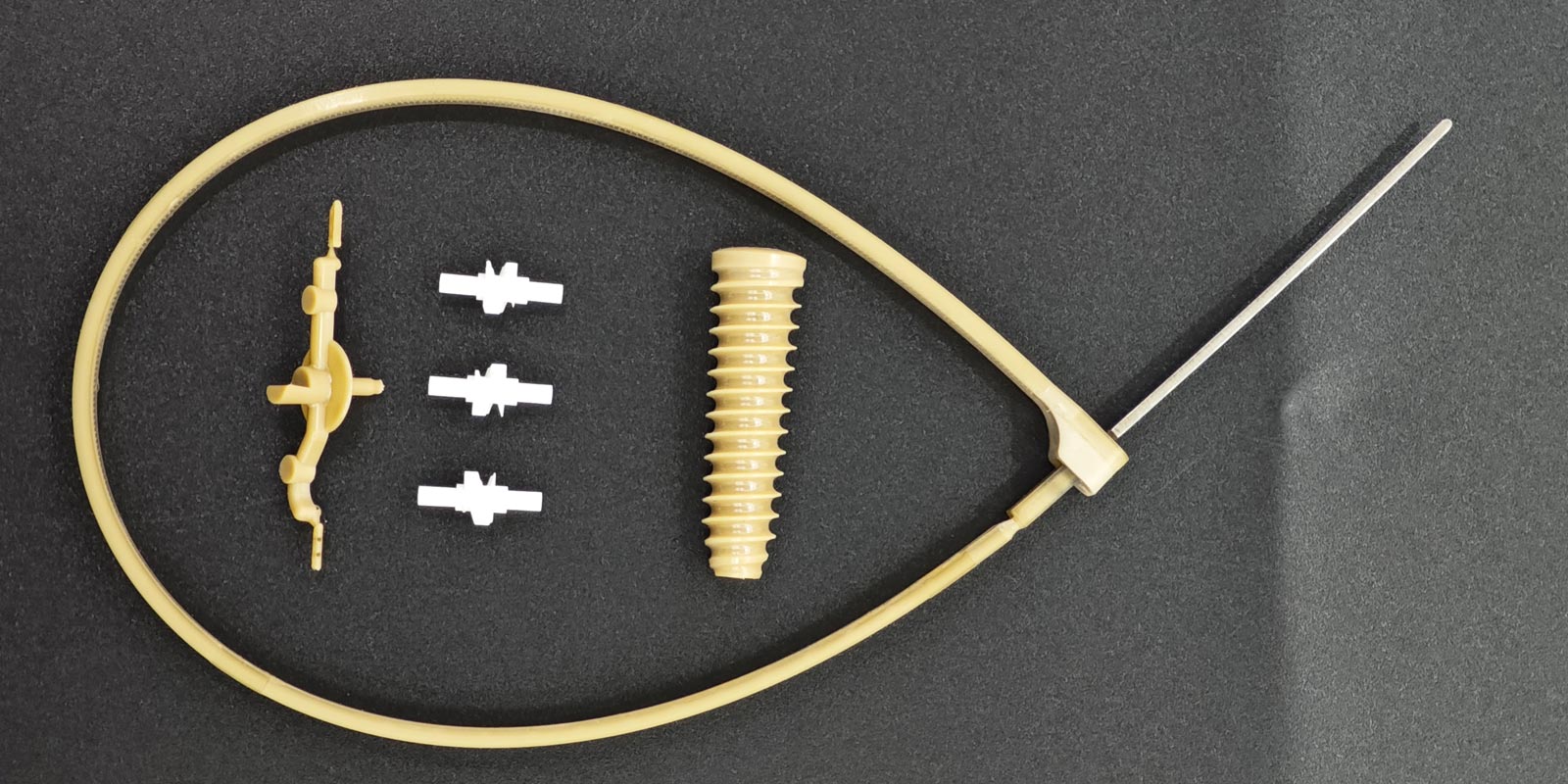
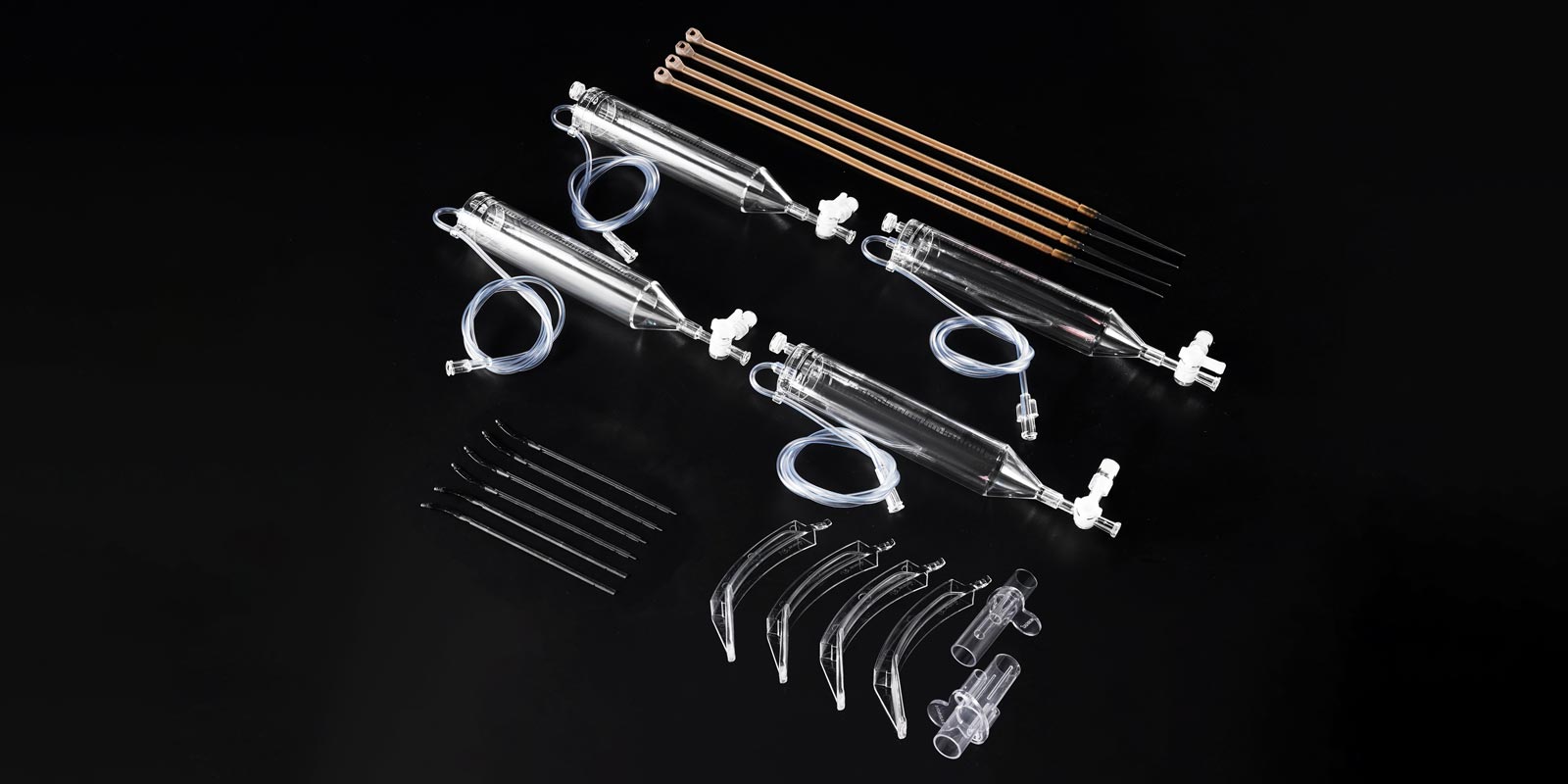

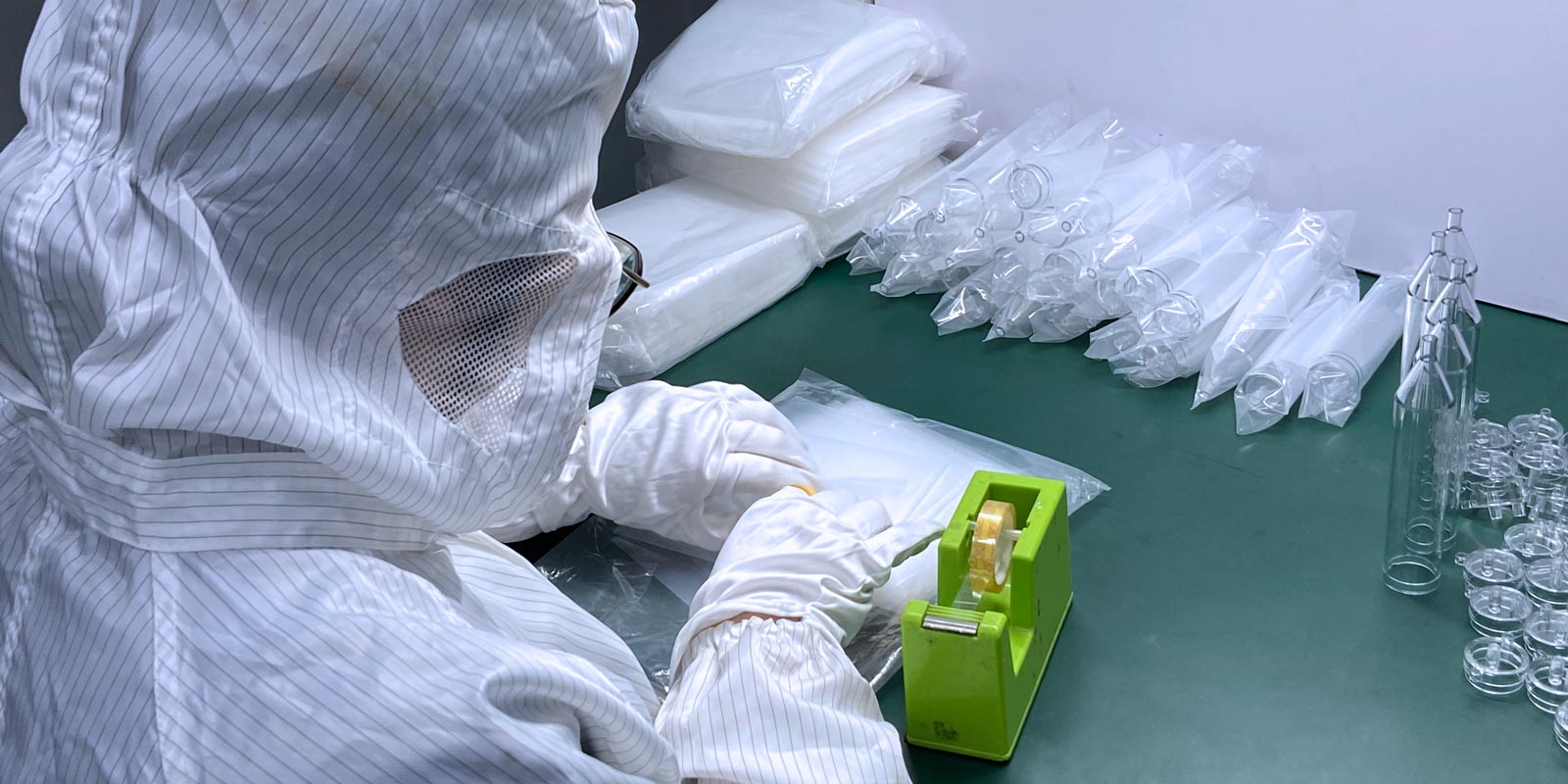
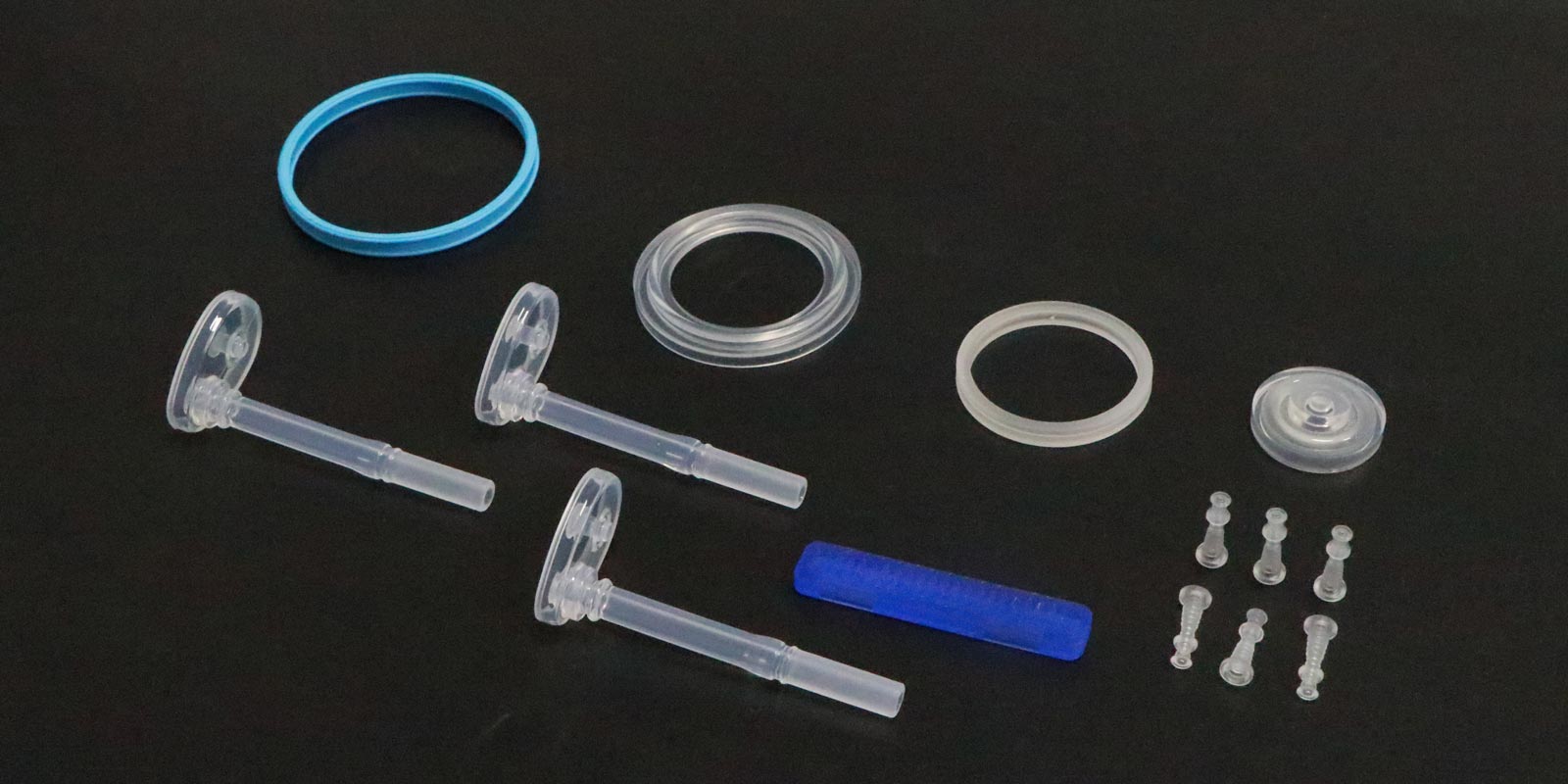


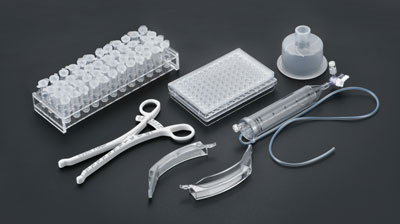








 Home
Home
